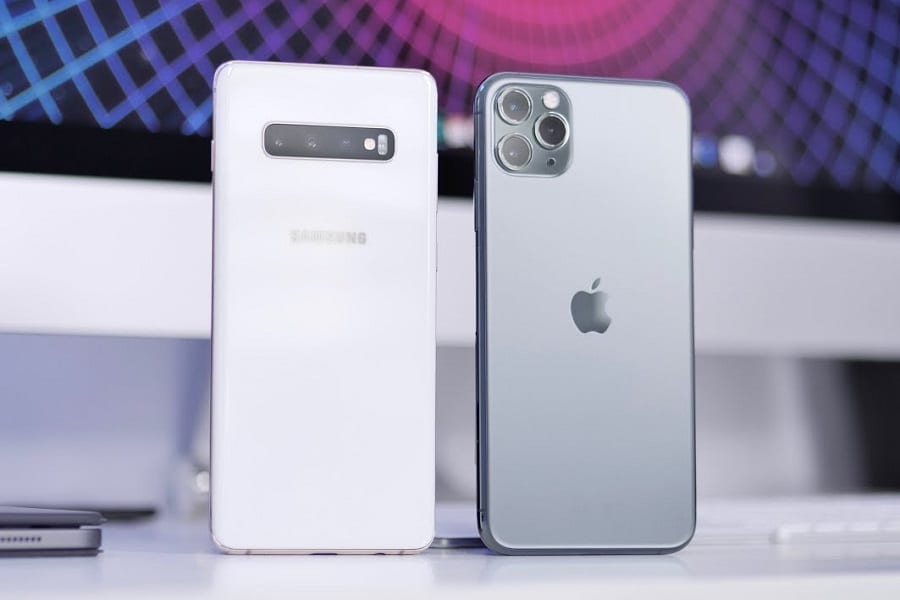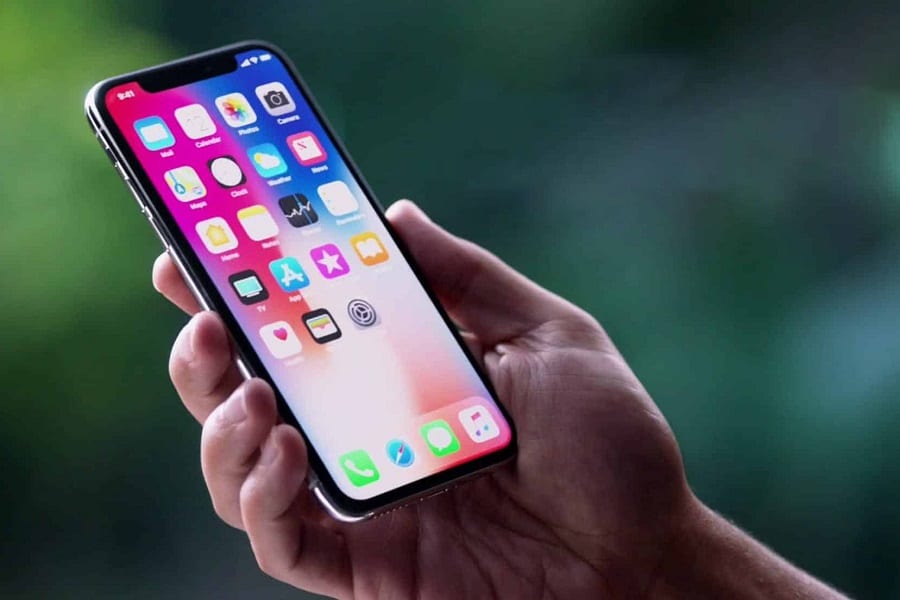Do you already know the details of the iPhone 17 Air, this ultra-fine model that Apple develops for 2025? With its 5.5 millimeters thick, it promises to redefine the standards of finesse in industry. To achieve this, the Cupertino firm relies on an innovative OLED display technology unveiled by Digitimes last October.
It is called TDDI (Touch and Display Driver Integration), and allows you to merge the screen layers to gain finesse. However, this quest for an ever thinner iPhone raises legitimate questions. How can Apple also drastically reduce thickness without sacrificing autonomy, an essential component of the user experience?
If analyst Ming-Chi Kuo recently mentioned the use of “high density” cells to maximize battery capacity, new information is now completing this table.
Apple Silicon strategy at the heart of the battery
The Japanese supplier TDK has just confirmed the acceleration of its production of silicon anode batterieswith deliveries scheduled for the end of June. This calendar coincides perfectly with the production times necessary for the iPhone 17 Air expected in September.
- 【Kit Four Great Lense in One】: Impresionante fotografía móvil para la mayoría de los teléfonos inteligentes. Incluye 4 lentes: teleobjetivo 18x, lente ojo de pez, gran angular y macro. Todas...
- 【Fotografía mejorada】: el teleobjetivo 18x puede obtener una toma clara de sujetos que generalmente están demasiado lejos para capturarlos. También es un lente monocular con teleobjetivo con...
- Transmisión bidireccional: el lector de tarjetas SD para iPhone/iPad admite la transferencia bidireccional de tarjeta SD a iPhone o iPhone/iPad a tarjetas de memoria SD.
- Plug and Play: el lector de tarjetas SD no requiere aplicaciones de terceros, utiliza la aplicación de archivos integrada en iOS y admite la reproducción de vídeo.
This technology offers a considerable advantage for an ultra-fine device: It stores approximately 15% additional energy In an identical space compared to conventional graphite batteries. Silicon can indeed contain more lithium ions per gram than graphite, which makes it ideal for devices where each millimeter counts.
Modem C1, Apple secret weapon for autonomy
For the apple firm, the adoption of this technology marks a significant turning point. Apple has historically favored the optimization of fleas and software to extend autonomy, avoiding major changes in internal chemistry of batteries.
The integration of silicon anode batteries would represent one of the first important material modifications made to iPhone batteries. This choice testifies to maturity affected by this technology, after years of development by startups like Sila and Amprius.
The main challenge of these batteries lies in the expansion and contraction of silicon during load. This phenomenon can create melts and early failures. TDK therefore uses silicon composites rather than pure silicon. These materials are mixed with flexible binders or covered with nanometric layers to preserve their integrity.
Beyond the iPhone 17 Air, this innovation could serve as a test bench for future Apple projects. As Mark Gurman from Bloomberg suggested, this ultra-fine model could be a springboard to foldable iPhone from 2026. Go here to find out more!


By: keleops ag







